30 Steps to a Million-Dollar 401(k)

30 Steps to a Million-Dollar 401(k)
Go for the million dollars
Become a millionaire not for the million dollars, but for what it will make of you to achieve it. -- Jim Rohn
The process of becoming a millionaire is indeed likely to make you a more disciplined and driven person, but that's not the only good reason for becoming one. An even better reason is this: You will likely need that kind of war chest to keep you afloat in retirement.
The 401(k) plan available to you at your workplace can be a powerful tool in helping you reach that monetary goal. According to Fidelity Investments, which manages 401(k)s for millions of American workers, some 180,000 of those folks had $1 million or more in their 401(k) accounts.
Here are 30 ways to make the most of it. See how many you can put into action.
Previous
Next

1. Participate in your employer's 401(k)
As of March, 2018, only about 60% of American workers had access to a defined contribution retirement plan such as a 401(k) -- and only about 71% of those folks participated in it, per the Bureau of Labor Statistics. If you want to reap the rewards offered by 401(k)s, you need to participate in them and contribute to your account regularly.
ALSO READ: 5 Questions You Need to Ask About Your New Employer's 401(k)
Previous
Next
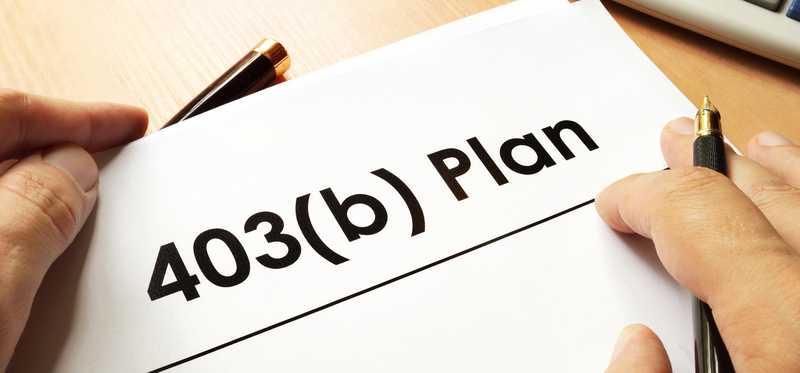
2. Or participate in a 403(b) or 457 plan
Of course, not everyone is offered a 401(k) at work. If you toil for a non-profit or school, you might be offered the chance to participate in a 403(b) plan. If so, do participate in it -- it's very much like a 401(k). Many people who work in the state or local public sector or for certain non-profits will have only a 457 plan available to them. That, too, works very much like a 401(k).
Previous
Next

3. Save for retirement even if you don't have a 401(k)
Some people, unfortunately, are not offered a 401(k), 403(b), or 457 plan by their employer. If that's you, don't despair. There are still some tax-advantaged retirement accounts you can make good use of, such as IRAs, which come in the traditional or Roth variety.
There are also a bunch of retirement accounts for the self-employed, such as SEP-IRAs, SIMPLE IRAs, or Solo 401(k)s.
Previous
Next

4. Evaluate your 401(k)
It's smart to get to know your 401(k) plan. On websites such as BrightScope.com, you can compare your employer's plan with others and see how it's rated. As an example, the Hasbro (NYSE: HAS) 401(k) plan gets a rating of 85 at BrightScope.com, putting it in the top 15% of plans for companies in its size range. The average account balance is $180,000 and the plan gets high marks for its low fees, company generosity, and other factors.
If you find that your 401(k) is a stinker, let your human resources manager know that, and ask the company to look into improving it. In the meantime, you might still participate to some degree, but consider doing a lot of your retirement saving elsewhere, such as in IRAs or regular brokerage accounts.
Previous
Next

5. Have a Roth 401(k) account if possible
Just as there are traditional and Roth IRAs, there are also, at many companies, traditional and Roth 401(k)s. With a traditional IRA and 401(k), you contribute pre-tax money that reduces your taxable income and, therefore, your tax bill for the year. (Have income of $60,000 and a contribution of $5,000? Boom -- your taxable income drops to $55,000.) The contribution is taxed as ordinary income to you later when you withdraw it in retirement.
With the Roth 401(k) and IRA, you contribute post-tax money that doesn't deliver any upfront tax break. (Income of $60,000 and $5,000 contributed to a Roth 401(k)? Your income is still $60,000.) But you eventually get a big tax break when you withdraw from the account in retirement -- because if you follow the rules, you get to take all the money out of the account tax-free. A Roth 401(k) can be especially powerful if you are many years away from retirement, as effectively invested dollars can grow powerfully over long periods.
Previous
Next

6. Crunch the numbers to see what you can accomplish
If you're not yet jazzed about 401(k) accounts and what they can do for you, take a look at the table above, which shows how powerfully your money can grow if you contribute some significant sums regularly.
Let that inspire you as you go about working to amass $1 million through your 401(k) -- or other accounts.
Previous
Next

7. Set some goals
It helps to be specific in life. Instead of just saying that you want and aim to have a million dollars when you retire, try jotting down some details. Perhaps you're 37 now and think you can sock away $15,000 annually (perhaps in coordination with your spouse) for the next 25 years, ending up with about $1 million. That's good, but you can do more: Perhaps aim to have $250,000 in 12 years, $450,000 in 15 years, and $750,000 in 20 years. Such goals can help you see how on- or off-track you are over the coming years.
Also plan how you'll be amassing those sums. For example, you might plan to do all your investing through your 401(k), or you might divide contributions between a 401(k) and one or more IRAs. You might plan to invest in index funds, or you might plan to include some individual stocks too. Have a plan.
Previous
Next

8. Have an emergency fund
You'll need an emergency fund, too. It's a good idea to tend to it before you start sending all available dollars to your 401(k). Ideally you'll want to have between three and nine months' worth of living expenses available, in case you lose your job or suddenly face a costly medical bill. When figuring what your expenses are, be comprehensive, as you'll be needing to pay for everything from housing to food to electricity and phone service during any months with little to no income.
Previous
Next

9. Don't rack up debt
You probably appreciate that carrying a lot of debt -- especially high-interest-rate debt, such as from credit cards -- is a bad idea. But you may not appreciate just how dangerous it can be. A pernicious trait of debt is that it can snowball if you don't work hard to pay it off and keep charging expenses you can't afford to pay off pronto. Worse, many credit cards charge interest rates of 25% to 30%, particularly if you've been late with a payment or have committed some other high-rate-triggering offense. If you owe, say, $15,000, and are being charged 25% interest on it, you're facing annual $3,750 expenses -- for interest alone!
Fortunately, know that you can get out of debt, and that many people have done so.
Previous
Next

10. Contribute generously to your 401(k)
A key reason why 401(k)s can be powerful wealth-building tools is because they have very generous contribution limits. Consider, for example, that for 2019, the contribution limit for IRAs is $6,000, plus an additional "catch-up" contribution of $1,000 for those 50 and older. 401(k)s, though, get a contribution limit of $19,000 in 2019, plus a catch-up contribution of $6,000 for those 50 and up. Not everyone is able to contribute as much as those maximums, but see how generously you can contribute to your account, as the more you invest now, the more you should have in retirement.
ALSO READ: Want to Be a Millionaire? Increase Your 401(k) Contributions
Previous
Next
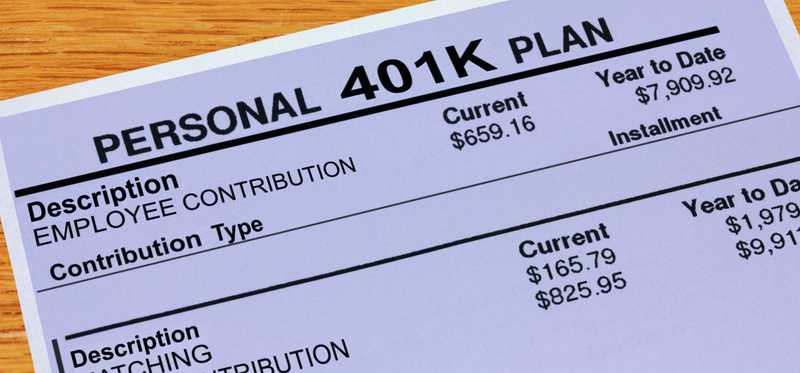
11. Max out any employer matching funds
Chances are, your employer offers to match some portion of your contributions to your 401(k) account. If it does, be sure contribute at least enough to max out all those available dollars -- because that's guaranteed free money. A common employer match is 50% of the contributions you make, up to 6% of your salary. So if you earn $70,000 and contribute 6%, or $4,200, your employer will add another $2,100. That's a whopping 50% return on your investment that you'd be hard-pressed to find anywhere else.
Previous
Next
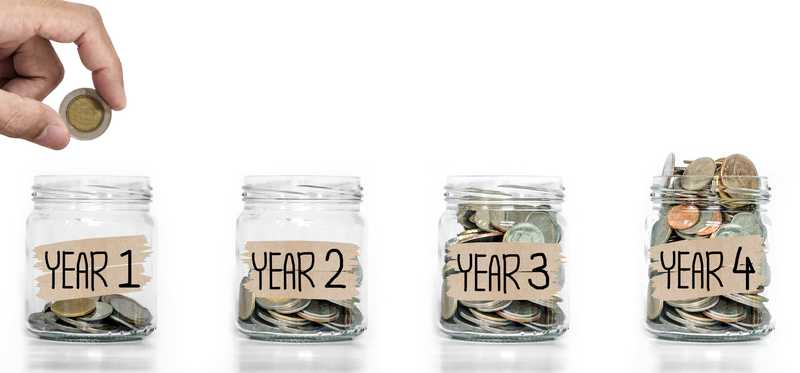
12. Increase how much you contribute regularly
A common rule of thumb you'll run across is that you should sock away 10% of your income for retirement. That might work if you do so in all your working years, but there's a good chance that you were not making serious investments in your retirement in your 20s and perhaps even in your 30s. If you're not where you should be in your retirement savings, aim to sock away more than 10% of your income. Better still, increase how much you contribute every year. If all you can manage this year is 12%, make it 13% next year and 14% the year after.
Previous
Next
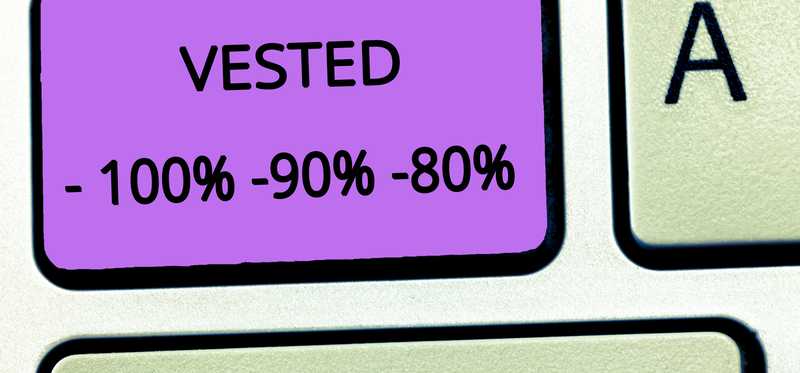
13. Find out if there's a vesting schedule for matching funds
With many 401(k) plans, the matching contributions your company makes to your account are yours immediately, while with other plans, they may "vest" over a number of years. One vesting schedule, for example, may have you entitled to take possession of the first 25% of your employer's matching contributions immediately, the next 25% after one year, another 25% after two years, and the remaining 25% after three years. Vesting schedules are designed to motivate you to stick around. Some vesting schedules are all-or-nothing -- if you don't remain employed for a certain number of years, you forfeit all company contributions. It's smart to know whether you're dealing with a vesting schedule and if you are, what the schedule is, as that may inform some decisions you make.
Previous
Next
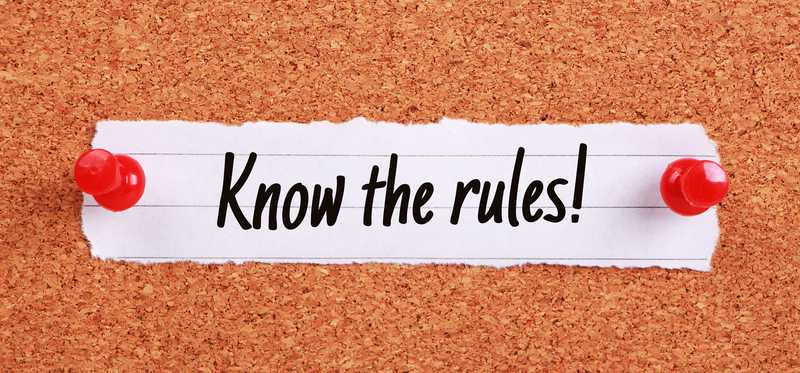
14. Understand tax rules related to your 401(k)
It's good to understand how taxes relate to 401(k)s, so that you can make smart decisions over time. For example, when choosing between a traditional 401(k) and a Roth 401(k), consider that the former will reduce your taxable income by the amount of your contribution over the tax year, thereby shrinking your taxes. The Roth 401(k), though, doesn't affect your taxes in the year you contribute -- instead, it delivers a back-end tax break, giving you tax-free withdrawals in retirement.
Dividends, meanwhile, are typically taxed at 15% for most of us, but if you receive dividend income in a traditional 401(k), know that it will end up taxed at your ordinary income tax rate, which is likely higher. (In a Roth 401(k), the dividends won't be taxed at all.)
Previous
Next
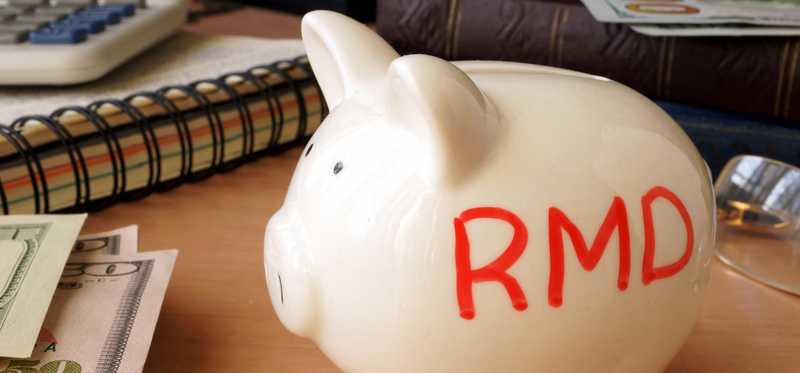
15. Learn about required minimum distributions (RMDs)
Anyone saving for retirement via a 401(k) account needs to know about "required minimum distributions" (RMDs), which apply to both traditional and Roth 401(k)s. (They also apply to traditional IRAs, but not Roth IRAs.) An RMD is a certain amount of money that you're required to withdraw from your account each year, and it changes with your age. You're required to start taking RMDs on "April 1 following the later of the calendar year in which you reach age 70 1/2 or retire," per the IRS. Failing to take your RMD on time can result in one of the harshest tax penalties: a whopping half of what you were supposed to withdraw but did not. Be sure to plan for that RMD income each year, and to remember that it will count as taxable income to you.
ALSO READ: Don't Retire Until You Know These 4 Facts About RMDs
Previous
Next

16. Don't have much of your employer's stock in your 401(k)
If you're able to invest in shares of your employer's stock in your 401(k), consider not doing so, or only holding relatively few shares. It's true that you probably know your employer far better than you know any other company, and that does give you an edge. But remember that you already get most or all of your income from your employer. If you also have most of your retirement money dependent on your employer, too, you've got a heck of a lot of eggs in that one basket. If the company runs into trouble, not only might your job be in jeopardy, but your retirement as well. Consider having no more than 5% or 10% of your overall net worth in your employer's stock.
Previous
Next

17. Don't stick with default investments
A 401(k) plan will often park your contributions in default investments, and it's generally a big mistake to just leave that money there. Why? Well, because a plan's default investments are often very conservative. Target-date funds are often the default. They park your money in a range of stocks and bonds and shift assets from stocks to bonds over time as you approach retirement. That may or may not suit you, so be sure to look closely at how your money is being invested and change the setting if needed. For most folks, especially the young, the stock market is the best choice for much or all of their money. Yes, it can be volatile, but over long periods it has always gone up.
Previous
Next

18. Choose investments wisely
It's smart to find out just what your investment options are in your 401(k) plan and to research those funds -- perhaps at Morningstar.com. See how much they charge in fees, how well they've performed over time, and just what they're invested in. Any two "growth" mutual funds might differ a lot, for example, perhaps with one being very heavily weighted toward financial stocks and another distributing its assets more evenly across many industries. One "balanced" fund may have a 50-50 stock-bond mix, while another's mix might be 70-30.
With fees, one might charge 0.7% annually, while another might charge twice as much -- 1.4% annually. Those seemingly small differences can result in big differences over time. If those two funds averaged 10% growth over many years, one would give you 9.3% annually, after fees, while the other offered just 8.6%. Investing $10,000 annually for 20 years at 8.6% will result in a $531,270 nest egg, while a 9.3% growth rate would give you $578,400 -- $47,000 more!
Previous
Next
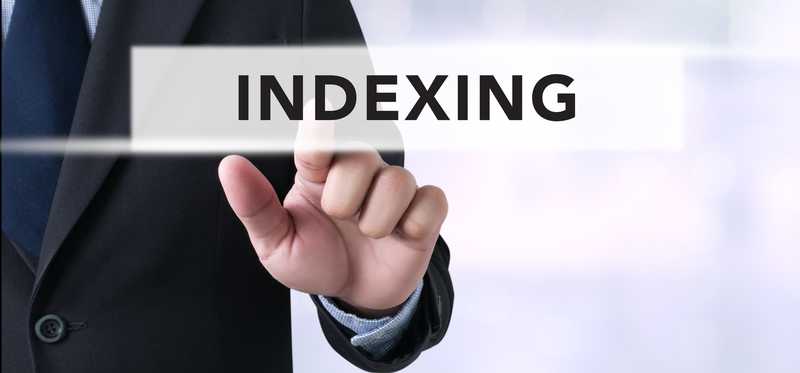
19. Consider index funds for your long-term dollars
As you look into your investment options, be sure you understand the difference between actively managed and passively managed funds. An actively managed fund will have professional managers studying the investment universe and carefully selecting investments for the fund according to its stated focus (which might be large companies, foreign companies, etc.).
Passively managed index funds, on the other hand, simply hold whatever is in a given index, in the same proportion as the index. So if you're invested in an index fund that tracks the S&P 500, your money will be spread across those 500 companies (that happen to make up about 80% of the U.S. market), and you'll enjoy roughly the same performance as the S&P 500.
While some managed funds do well, the vast majority don't do as well as passively managed index funds. Over the 15 years ending in December of 2018, about 92% of U.S. large-cap stock mutual funds lagged the returns of the S&P 500. The pattern holds true for indexes of smaller companies too. Definitely consider just sticking with low-fee, broad-market index funds in your 401(k) investing.
Previous
Next

20. Learn what fees your plan charges
A report from the folks at TD Ameritrade (Nasdaq: AMTD) noted that, "...just 27% know how much they’re paying in fees on their 401(k) accounts. The vast majority either may mistakenly believe they don’t pay any 401(k) fees (37%), don’t know if their plan has fees (22%), or don’t know how to determine the fees (14%)."
Larger employers' plans will tend to have lower 401(k) fees, while smaller companies' plans tend to charge more. Anything above, say, 1% is worrisome, and some plans charge 2% or even 3% or more. Be sure to find out what kinds of fees you're being charged in your 401(k), and give extra consideration to choices with low fees. You can compare your employer's 401(k) with those of other companies at BrightScope.com. If your fees are steep, let your company know. If need be, you might opt to only contribute enough to max out any available matching funds and then do the rest of your retirement saving through IRAs and regular brokerage accounts.
ALSO READ: Are Low-Fee Investments the Key to Long-Term Wealth? Not Necessarily
Previous
Next

21. Save and invest as many raises as you can
One strategy to help you increase your contributions to your 401(k) over time is to sock away as many raises as you can. For example, imagine that you're earning $70,000 annually and contributing $8,000 annually to your 401(k). If you get a 5% raise bringing your income to $73,500, you might bump up your 401(k) contributions by that extra $3,500. You wouldn't experience any difference in your paycheck, but much more money would be getting invested to help you in retirement. You won't be able to do this for every raise, but consider doing it as often as you can.
Previous
Next

22. Don't cash out your 401(k) account when changing jobs
Many people don't stay in any job too long, so they may not manage to accumulate a lot of money in their 401(k) and can therefore think there's no great harm in just cashing it out whenever they leave a job. They're wrong, though.
It's best to let the money in your 401(k) stay there and do its job, building wealth for you over the long term. If you only have $20,000 in your account and cash that out, you're losing out on an investment that could have kept growing for you for many years. If it could have grown for 25 years at an average annual rate of 8%, it would have grown into about $137,000 in retirement money -- quite a useful sum. When you change jobs, instead of cashing out your 401(k), just roll it over into an IRA or your new employer's 401(k).
Previous
Next

23. Don't borrow from your 401(k)
Once you have accumulated a meaningful sum in your 401(k), you might be tempted to borrow from it. Don't. For one thing, you generally can't withdraw money from your 401(k) until age 59 1/2. Taking money out before then means you'll likely face a 10% early withdrawal penalty. Many people who borrow from their 401(k) end up never repaying the money, meaning that they lose out on a lot of possible growth. Even if you do repay what you borrowed, that money won't have been able to grow for you for as long as it would have if left undisturbed.
Previous
Next

24. Live below your means
These four little words -- live below your means -- can mean the difference between a life of financial security and a life of living paycheck-to-paycheck, with collection agencies hounding you. How do you do it? Simply spend less than you earn. Don't buy items that you know you can't pay for without going into debt. Having a budget for your spending can help a lot in this department. It's also smart to not set yourself up to face temptation, such as by going to shopping malls or online retailers for entertainment or out of boredom.
Previous
Next

25. Consider a side job for extra money
One way to be able to plow more dollars into your 401(k) (and/or any other savings accounts) is to boost your income. One strategy is to get another job, at least for a while. Think about what kinds of things you're good at and enjoy doing -- or don't dislike too much. For example, you might make some extra money by driving for a ride-sharing company on some evenings or the weekend, or you might pick up some extra dollars by tutoring, editing, consulting, selling crafts online, or renting out a room in your house via Airbnb or a similar service. Work as a cashier earning $10 per hour for 10 hours per week, and you'll generate an extra $5,000 or so per year. You can bring in $1,000 or more per month with many side gigs.
Previous
Next

26. Save money however you can
While making more money is one great strategy, you achieve a similar result by spending less money. There are gobs of ways to save a lot of money, some easier and faster than others. For example, just spend an hour or two calling your insurance companies and other companies and shopping around for the best deals for your home insurance, car insurance, etc. It's not uncommon to find that you can save several hundred dollars per year. You might also cut the cable cord and just stream your video entertainment, saving perhaps $50 or more each month.
Previous
Next

27. Have a financial plan
Each of us should have some kind of financial plan for our lives, outlining our goals (such as a new car, a down payment for a home, paying for college, and/or retirement) and how we aim to reach them. Whether you do or don't have a plan makes a huge difference in your life, as a 2018 survey by Charles Schwab reveals: The percentage of respondents who feel financially stable was 62% for planners vs. only 32% for non-planners. Approximately 75% of planners pay their bills and still manage to save money each month, while only 33% of non-planners do. 68% of non-planners report living paycheck-to-paycheck, vs. only 38% of planners.
Previous
Next

28. Stay focused and disciplined
Another key to being able to amass a large sum in your 401(k) -- and other investment accounts -- is to remain focused and disciplined. Don't let yourself skip a month or two of saving and investing. Don't think about selling all your stocks if the market crashes. Don't consider abandoning your solid dividend-paying stocks for some risky high-flyers you just heard about. Don't give in to empty get-rich-quick promises and start day-trading or loading up on penny stocks. There are lots of ways to lose money, and you need to steer clear of them. Stick to your plan and stay the course.
Previous
Next

29. Know that $1 million may not be enough
While you're busy trying to amass $1 million in your 401(k) and/or other retirement accounts, stop a minute to ask yourself whether that's the right goal for you. For many people, it's more than you will actually need. For many others, $1 million isn't enough. Everyone's situation is different, and much will depend on how much money you expect to receive from Social Security, whether you have any pension income coming to you, how much you expect to be spending each year in retirement, and how much of a margin of safety you want to have.
ALSO READ: How Much Money Will You Need to Retire? Survey Says: $1.7 Million
Previous
Next
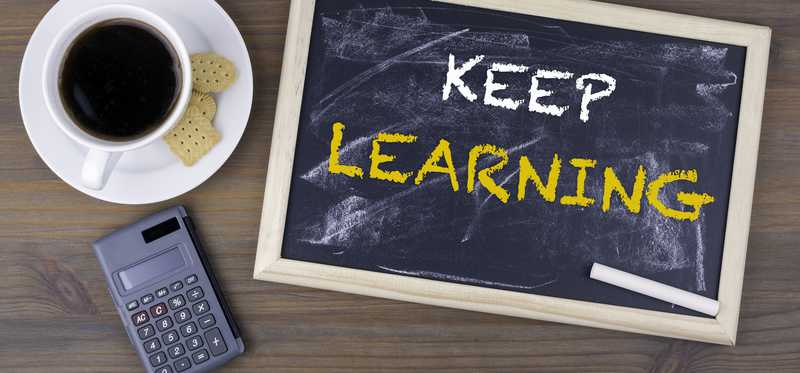
30. Keep learning
Finally, plan to keep learning -- about investing, about
personal finance, and about retirement planning. You might read articles at Fool.com
regularly, and perhaps read books such as John Bogle's The Little Book of
Common Sense Investing, The Little Book of
Value Investing by Christopher H. Browne, Common
Stocks and Uncommon Profits by Philip A. Fisher, and The Little Book That
Still Beats the Market by Joel Greenblatt. Read about how great
businesses became great -- so that you can learn to spot them early. Read about
great
investors and how they approach investing, so that you might improve your
own methods. The more you know, the fewer mistakes you'll likely make, and the
more money you'll likely amass.
Selena Maranjian has no position in any of the stocks mentioned. The Motley Fool owns shares of and recommends Hasbro. The Motley Fool is short shares of Hasbro. The Motley Fool has a disclosure policy.
Previous
Next
Invest Smarter with The Motley Fool
Join Over Half a Million Premium Members Receiving…
- New Stock Picks Each Month
- Detailed Analysis of Companies
- Model Portfolios
- Live Streaming During Market Hours
- And Much More
READ MORE
HOW THE MOTLEY FOOL CAN HELP YOU
-
Premium Investing Guidance
Market beating stocks from our award-winning service
-
The Daily Upside Newsletter
Investment news and high-quality insights delivered straight to your inbox
-
Get Started Investing
You can do it. Successful investing in just a few steps
-
Win at Retirement
Secrets and strategies for the post-work life you want.
-
Find a Broker
Find the right brokerage account for you.
-
Listen to our Podcasts
Hear our experts take on stocks, the market, and how to invest.
Premium Investing Services
Invest better with The Motley Fool. Get stock recommendations, portfolio guidance, and more from The Motley Fool's premium services.